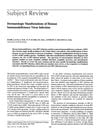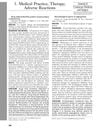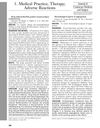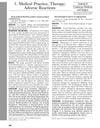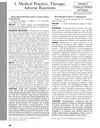Non-Infective Mucocutaneous Presentations of Human Immunodeficiency Virus Infection
August 1997
in “
Australasian Journal of Dermatology
”
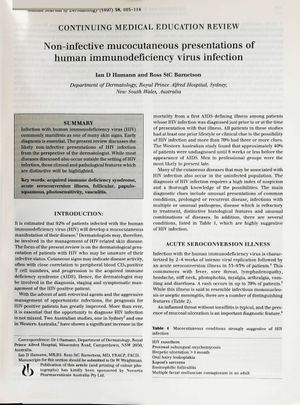
TLDR Most HIV patients develop skin symptoms that can indicate the stage of their disease.
The 1997 document reviews the non-infective skin and mucous membrane symptoms associated with HIV, noting that 92% of HIV-infected patients will develop skin manifestations, which can be indicative of disease activity and correlate with CD4 T cell counts. It describes a range of symptoms, including acute seroconversion illness, pruritic papular eruption, eosinophilic folliculitis, and papulosquamous eruptions like psoriasis, which may signal the onset of AIDS or the degree of immunosuppression. The review also lists conditions highly suggestive of HIV infection, such as HIV exanthem and oral hairy leukoplakia. It discusses the exacerbation of conditions like psoriasis in HIV-infected patients, photosensitive disorders, immune dysregulation leading to conditions like hypereosinophilia, vasculitis, and miscellaneous disorders such as granuloma annulare. The document emphasizes the importance of dermatologists in identifying these conditions and considering HIV serology testing, especially as changes in hair and nails can indicate HIV infection or its progression. It mentions that further details on infective, neoplastic, and pediatric cutaneous manifestations will be published separately.
